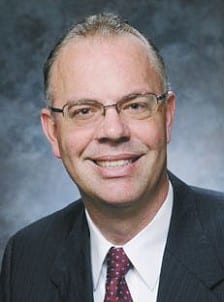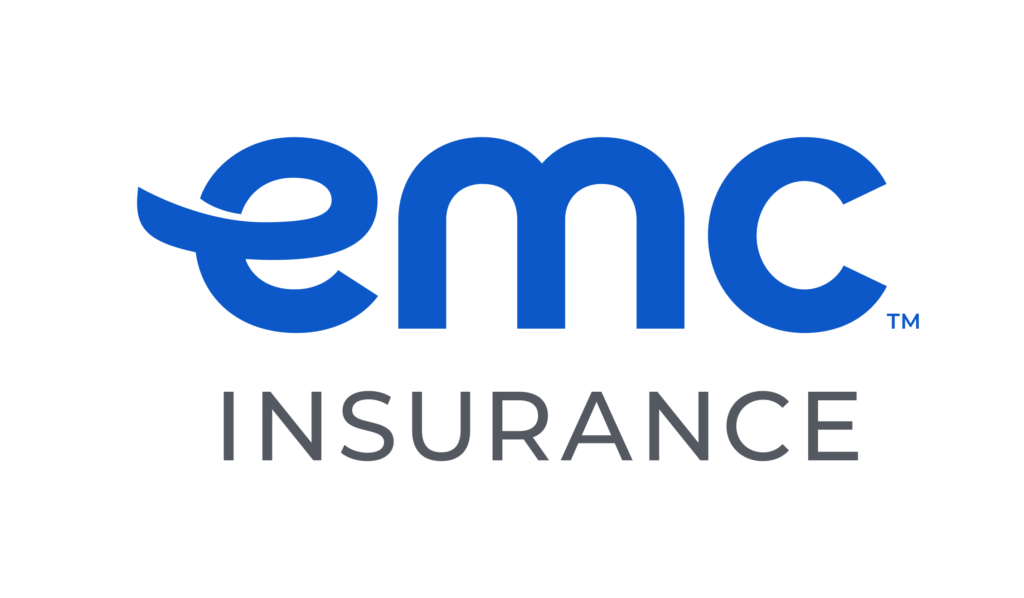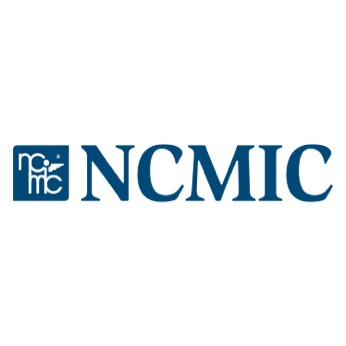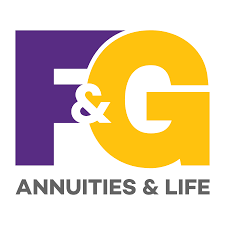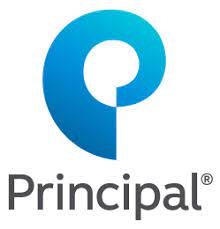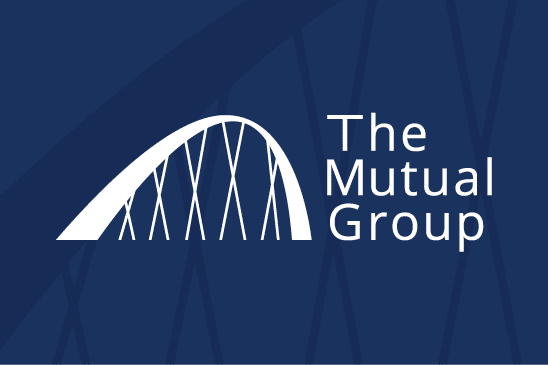What employee stock ownership legislation could mean for Iowa
State may be first to waive capital gains tax on larger transfers, Principal expert says

Legislation to spur formation of more employee stock ownership plans (ESOPs) by Iowa companies would be a boon for the state’s economic development climate, says an expert with Principal Financial Group Inc.
“You have a whole bunch of family-owned businesses with owners who are approaching or past retirement age and are looking for solutions to transition their business,” said Jerry Ripperger, Principal’s director of consulting for retirement and investor services.
The Iowa Senate is now considering House File 2085, which would create a tax incentive for business owners to establish ESOPs and establish a $1 million fund to provide loans and technical assistance to help companies form them. An owner that sells at least 30 percent of the company to an ESOP would qualify for exemption from Iowa capital gains taxes on the sale. To his knowledge, such an incentive would be a first for any state to offer, Ripperger said.
“We think that (provision is) going to make a lot of owners who had been waiting for the right time to now seriously take a look at ESOPs,” said Ripperger, who has more than 25 years of experience in employee benefits.
The Iowa House passed the legislation, one of four economic development goals outlined by Gov. Terry Branstad during last month’s Condition of the State address, on Feb. 23.
In many cases, enabling a business owner to pass ownership to his or her employees is critical to their community’s well-being as well, Ripperger said.
“For a lot of them, the loss of some of these employers would have a severe economic impact to that community,” he said. “One of the reasons the governor has promoted this legislation is the fact that it does tend to keep businesses in those towns and keep those communities vibrant.”
Under federal tax rules, employees who own shares in an ESOP pay no taxes on the plan’s contributions and earnings until they withdraw their shares at retirement. Several studies have concluded that ESOP companies are generally more profitable and reward their employees with better retirement contributions than non-employee-owned companies. A survey conducted in the first quarter of 2010 by the ESOP Association found that the average retirement account balance of employees in ESOPs has nearly tripled since 2005, to $195,222. Another study found that ESOP companies increased contributions to the retirement benefit by 18.6 percent during the recent recession, compared with 2.8 percent for all companies.
West Des Moines-based ITAGroup Inc., whose ESOP will turn 25 years old this year, has benefited greatly from employee ownership, said President and CEO Thomas Mahoney Jr. The plan is open to any employee who has been with the company for more than a year and has worked more than 1,000 hours.
“I think there is a really positive impact of employee ownership,” Mahoney said. “It’s the attitude, the commitment of employee-owners. We collectively understand our success is based on the support of our customers and on each other.”
Since ITAGroup formed its ESOP in 1987, its stock has continually grown, and the company is currently debt-free, Mahoney said. “So it’s been very successful in providing financial security to our employee-owners.”
Mahoney called the legislation “a fantastic idea.”
“I think what it allows us to do is provide incentives to keep companies headquartered in Iowa, and to give team members an opportunity to share in the success of the companies they own,” he said. Formation of ESOPs in Iowa slowed along with the economy in the past several years, Ripperger said.
“If you look back five or six years ago in Iowa, it wasn’t uncommon to see anywhere from five to 15 ESOPs formed a year,” he said. “For the past several years, it’s been one or two formed a year. It’s not surprising; with the downturn in the economy, the value of your business fell, and it probably isn’t the best time to sell, whether it’s to an ESOP or to a third party. We expect now that we’re seeing a recovery, we’re going to see the interest return more to those historic levels. And with this bill, we actually expect it to eclipse those historical levels.”
Many times, the transfer of ownership to an ESOP is carried out in stages, Ripperger said. “So you don’t necessarily sell 100 percent of your company to the ESOP on day one. You might sell 35 or 40 percent of it, and later on you sell a bigger chunk of it. Obviously, those second-stage transactions have slowed as well because of the decrease in valuation; no one likes to sell at the bottom. And once the company is employee-owned, profits of the business accrue to the ESOP.”
An ESOP won’t be a saving grace for a failing business model, and may actually be a distraction, Ripperger said.
“I would say it’s low single-digit percentages where we see ESOPs put in place for a distressed business,” he said.
In general, businesses that have been in existence for 10 to 15 years and with sales in the $3 million to $5 million range and at least 50 employees are ideal candidates for an ESOP, he said. “And you really want an owner that’s committed to making sure the company continues to operate successfully.”
Relatively small revenue hit anticipated
The Legislative Services Agency (LSA) estimates that the ESOP legislation would reduce state tax revenue by a total of $700,000 in the next five fiscal years, based on an analysis of past capital gains taxes paid on the sale of businesses.
In 2009, the Iowa Department of Revenue identified 203 individual income tax returns with long-term capital gains from the sale of a business in which the sale did not qualify for the current Iowa business sale capital gains exemption. Based on that, the department estimated that for 2012 the average capital gain reported will be $273,600 and the total qualified exempt income from those returns will be $55.5 million. The LSA assumed that 20 percent of that amount would qualify as exempt income under the bill’s provisions and used the average marginal long-term capital gains rate of 6.38 percent.

